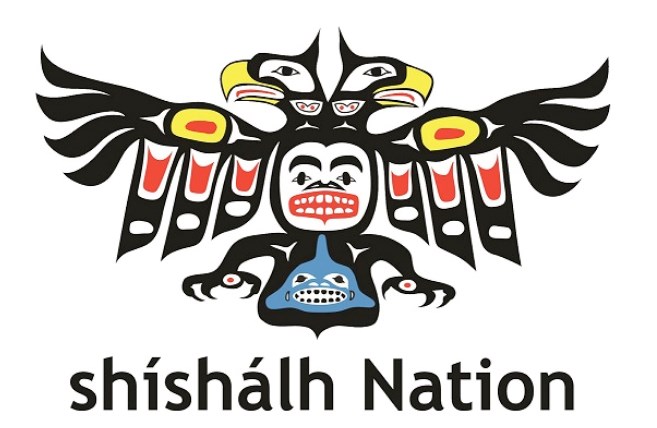When the B.C. Liberal government struck a reconciliation agreement with shíshálh Nation in 2016, it was described as a first step toward bigger and better things. John Horgan’s NDP government appears to have fulfilled that promise, at least on paper.
Like its predecessor, the Foundation Agreement announced last week includes commitments for relatively modest-sized land transfers, but it far surpasses the earlier agreement in terms of funding allocations and power sharing within the swiya, or territory. The complex new governance model, officials said last week, could be a template for future First Nation agreements across B.C.
Hence the superlatives like “landmark,” “historic,” “breakthrough,” “milestone,” “transformative.”
One of the expressed goals of the agreement is to “achieve a strong and sustainable economy for the region, in which shíshálh Nation is a major participant.” Forestry is a key sector. Over the first five years, the intent is “to increase the share of the volume of timber that may be harvested under replaceable tenures issued to shíshálh Nation, or entities owned or controlled by shíshálh Nation, to 210,000 cubic metres, representing approximately 35 per cent of the annual allowable cut within the shíshálh swiya.” To increase the Nation’s participation in the forest economy, the province will provide interim forestry revenue sharing payments. And to “enable shíshálh Nation to purchase replaceable timber volume within the shíshálh swiya on a willing-seller willing-buyer basis, or for such other economic development purposes as shíshálh Nation determines,” the province will provide $12.5 million over five years.
That’s on top of the $5.15 million over five years for implementation of the agreement and millions more for land purchases and other costs.
The land transfers include golf course lands and gravel lands – details of which we are still chasing – and a measure that we have long advocated for in these pages to address the housing crisis among the general population. The two parties will work together to identify 80 hectares of provincial Crown land suitable for residential development to help meet the shíshálh people’s housing needs.
The agreement pivots around a dizzying array of government-to-government structures: the Solutions Forum, Relationship and Implementation Forum, Shared Decision-Making Board, Forest Licensee Engagement Table, Land Use Planning Table, Resource Management Table and Socio-Cultural Table.
The Relationship and Implementation Board will identify and recommend renaming geographical features and locations to traditional shíshálh names within five years.
Finally, there will be engagement. It’s the penultimate clause, found on page 26, and it commits the two parties to engage with “local governments and stakeholders” about the agreement and its implementation in order to “progressively build support for our joint vision.”
We will continue to provide more details in the weeks ahead.



